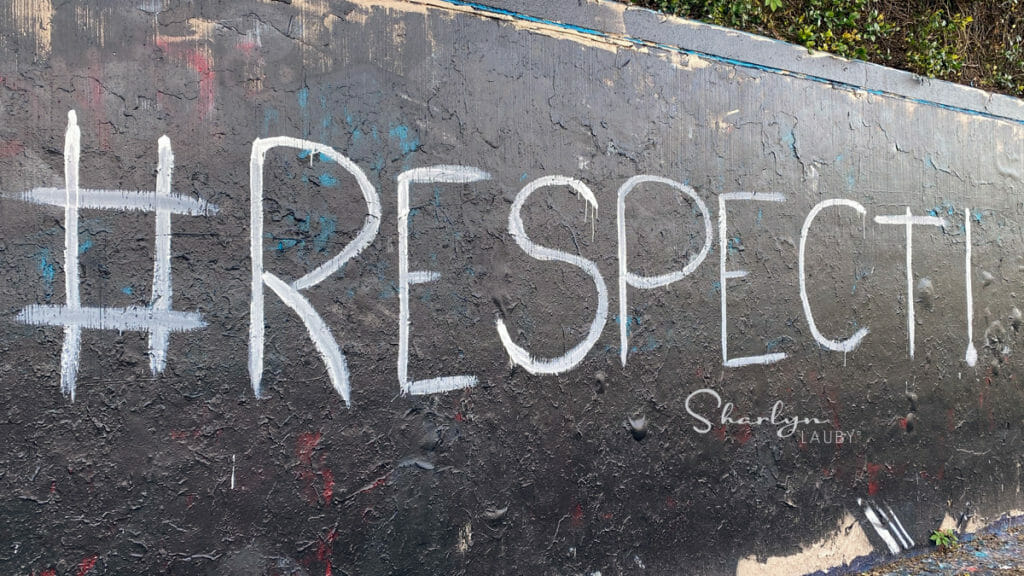How Organizations Can Build a More Diverse Workforce – Ask #HR Bartender

I don’t have a specific reader note today but I do want to address a question that readers have been asking frequently. “How can my organization recruit a more diverse workforce?” It’s a good question and one that deserves our attention.
To help us answer the question, I reached out to Jackye Clayton. She is a consultant focused on diversity, equity, inclusion, and belonging solutions. And she’s been named one of the “50 Unstoppable Women in HR Tech”. In fact, that’s where I came to learn of her work…at the HR Technology Conference & Expo.
Jackye, thanks for being here. Before we talk about organizations, I’d like to get a little personal. What does diversity and inclusion (D&I) mean to you?
[Clayton] To me, diversity at work means creating a group of unique individuals – a variety of races ethnicities, genders, sexual orientations, socio-economic history (which ideally is evened out through salary normalization), ages, physical abilities, religious beliefs, political beliefs, or other ideologies.
Inclusion means that all of those unique individuals have a voice and are considered in the future of the organization for which they work.
What’s the first thing that organizations need to do if they want to attract a more diverse workforce?
[Clayton] The first thing they need to do is analyze the environment to understand corporate history and existing workplace culture with the goal of finding out how they got there. Survey all current employees and ask them to anonymously discuss how they perceive the diversity in their workplace. Also gather the data that only the organization knows such as salary, promotion, and turnover history to get a better view as to the opportunities for diverse groups.
I recently published an article on the SHRM website about talent management trends. Recruiting Animal contributed to the piece saying that organizations are asking HR departments to find more diverse candidates. How can HR build a more diverse candidate pipeline?
[Clayton] HR can build a more diverse candidate pipeline first by diversifying where they are looking for candidates. Also, be transparent in your recruiting marketing. Let people know that you are wanting to expand your reach by attracting a diverse group of people and experiences.
I believe it’s not enough for organizations to say they value D&I. They also need to show it. Name 2-3 things that organizations should incorporate into their candidate experience to demonstrate they value diversity and inclusion.
[Clayton] To show that organizations value D&I, here are three things they should consider:
- Make diversity a policy rather than a program. A program is more of a short-term response to a problem that organizations are trying to solve. Hiring and retaining a diverse group of employees is an ongoing area of opportunity and therefore needs to be baked into a company policy. It informs others of your company’s expected values, mores, and ethics.
- Share the plan behind the policy. Share the roadmap. Tell everyone who will listen where are you are going and how you will get there!
- Share the numbers. While diversity hiring usually falls under HR, it is truly is a company wide effort. Because of this, you should regularly report on the efforts you are taking to create a more diverse workforce and what has been the impact of those efforts. Be honest if you have made mistakes along the way and show how you are remedying those mistakes. And share those numbers both internally and externally so that potential candidates can feel confident that the organization values diversity and see where the organization is headed and prevents hesitation to apply in fear of tokenism.
Final question. You mentioned that organizations should “share the numbers”. How can organizations measure their success when it comes to diversity recruitment efforts?
[Clayton] Create hire to retire measurement plans. It is not enough to simply look at how many diverse members are being hired. Start with looking at how many diverse candidates you are attracting organically. Next look at where you are losing candidates along the way before the hire is made.
Once diverse candidates are added to the team, you must measure their employee experience. Make sure you are measuring internal opportunities for growth in the way of training and education as well as opportunities for promotion. From there you need to measure turnover to see if you are losing diverse candidates in particular business units. Hold leadership accountable for creating a place where all are welcomed and given equal opportunity.
I want to extend a HUGE thanks to Jackye for sharing her experience and expertise with us. Be sure to connect with her on Twitter at @JackyeClayton to learn more of her insights.
Many organizations have recently pledged their commitment to building a diverse workforce. It’s time to do more than simply say diversity is important. Organizations need to show it.
Image captured by Sharlyn Lauby at the 34th Street Graffiti Wall in Gainesville, FL
10